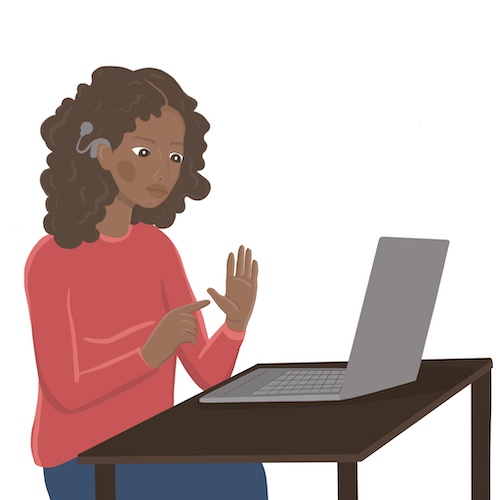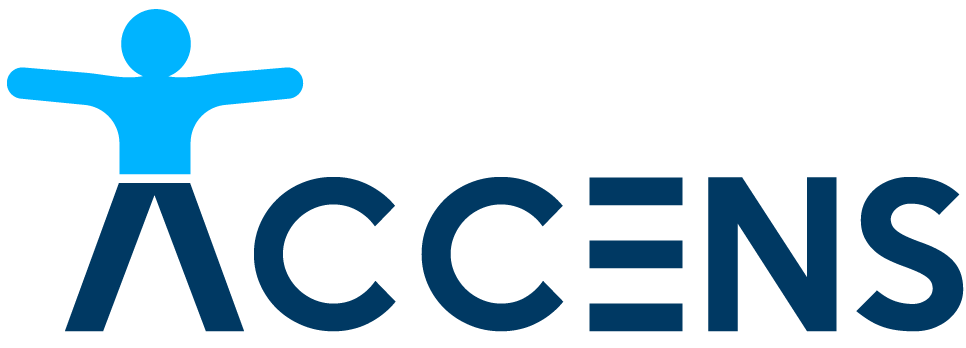Customer case: Digital accessibility workshops for Museum of Krakow

Customer
Muzeum of Krakow
Project
Workshops “Practical introduction to digital accessibility”
Date
December 2022
Team
Dawid Górny, Kacper Mikocki
Comment from the accessibility coordinator attending the workshop:
"An extremely valuable element of the training was the practical part, during which museum staff were able to practice using screen readers to test the website and mobile application."
"The training was conducted in a thorough and professional manner, in a pleasant atmosphere."
Challenge
The client wanted to train a team of five people on the broadest possible range of digital accessibility issues. Since the participants already had knowledge about people with disabilities, the workshop needed to focus on examples of good and bad practices found on popular websites and apps. An important goal was also to consult and evaluate accessible digital solutions created by museum staff.

The workshop was conducted on site, at the client's premises. This allowed for direct contact and positively influenced the effectiveness of the learning. Working with two trainers, one of whom is a blind person, made it possible to address questions very fluently and show how end users with disabilities perceive the museum's offerings in practice.
Solution
It was a customised training. After reviewing the requirements for the scope of the workshop, we started creating an agenda and collecting examples of good and bad digital accessibility webpages and apps.
The workshop was to last four hours, and in order to cover a wide range of topics related to digital accessibility, we decided that it should be divided into three thematic blocks:
How does a visually impaired person use websites and mobile apps?
In this part, we introduced desktop and mobile screen readers, presented a demo of the use of accessible and inaccessible sites by a blind person, and talked about the most common accessibility errors on websites and mobile applications.
How to test websites and mobile apps yourself?
We started this part with a presentation of tools that support manual web accessibility testing. Then we showed a sample test conducted using these tools. In the next step, we demonstrated tools available on the market to support accessibility testing of mobile applications and also conducted a sample test using them.
Screen reader exercises
We devoted the last part of the meeting to use of the acquired knowledge in practice. During it, participants presented us with the websites and applications they had created, and then tested their accessibility with us. If accessibility problems were encountered during the tests, we recommended ways to improve them, accordingly to the technology used.
Results
Participants were able to not only test selected sites, but also try out some of the improvements we recommended.
The workshop format allowed the museum staff to actively engage in the discussion and try different tools and solutions on their own.
The entire training was summarised by the museum director's representative for accessibility in a letter, which we were pleased to add to our collection of references.
Working for the accessibility of cultural institutions from our city has given us great satisfaction and the feeling that we are making a real impact on accessibility in our immediate surroundings.

Kacper Mikocki
Co-founder of Accens, responsible for the area of testing and training
Specialises in technical aspects of digital accessibility, has completed several dozen accessibility testing projects and WCAG audits. Leads accessibility courses and develops additional training materials. Software tester, webmaster and digital accessibility consultant. Certified IAAP Web Accessibility Specialist (WAS).
Check how similar training could work in your case
Take a look at our accessibility training offer or simply contact us and let's talk.
During a short call we will ask about a few details and let you know whether we are able to help.
